Camille Pradon
Résidence St Pierre et Miquelon
NOVEMBER 2023Saint-Pierre et Miquelon
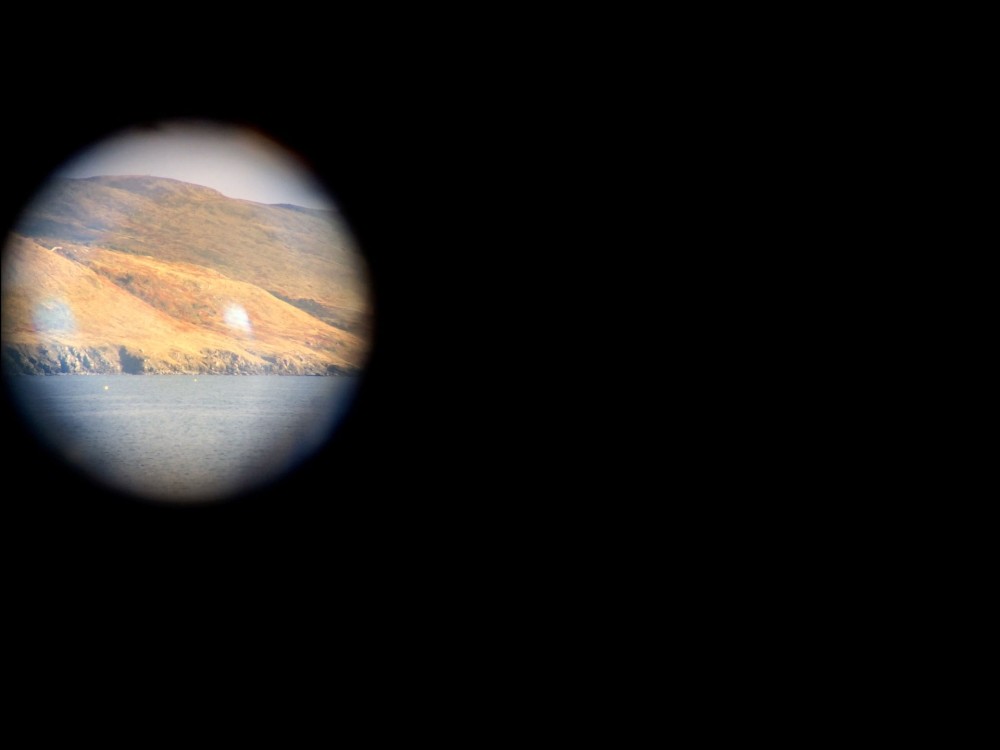
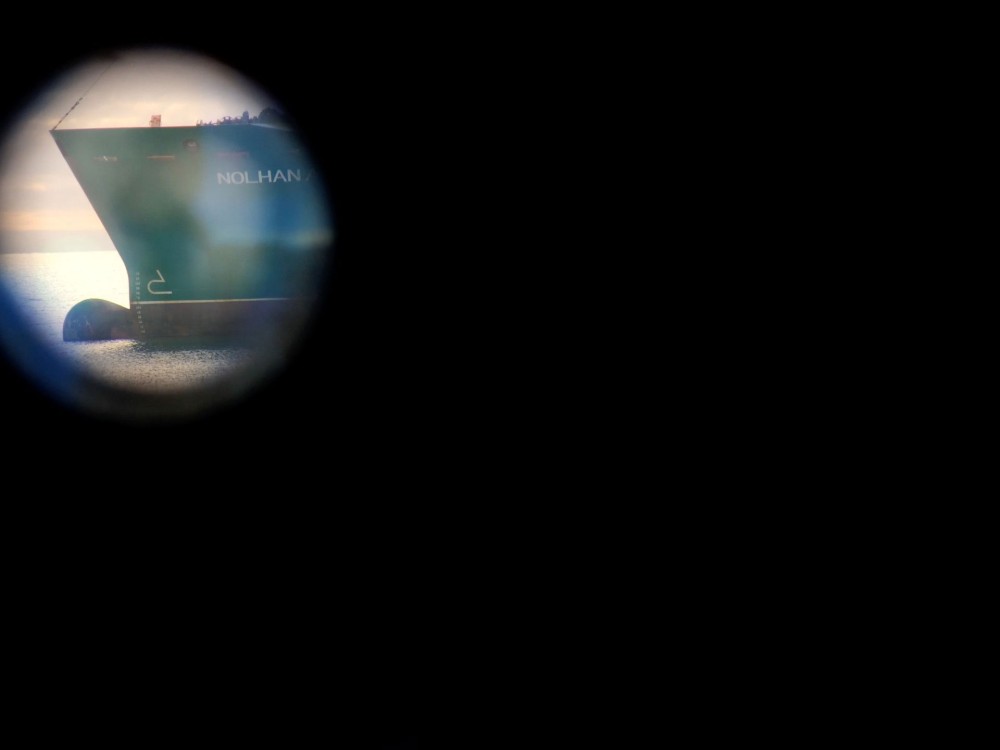
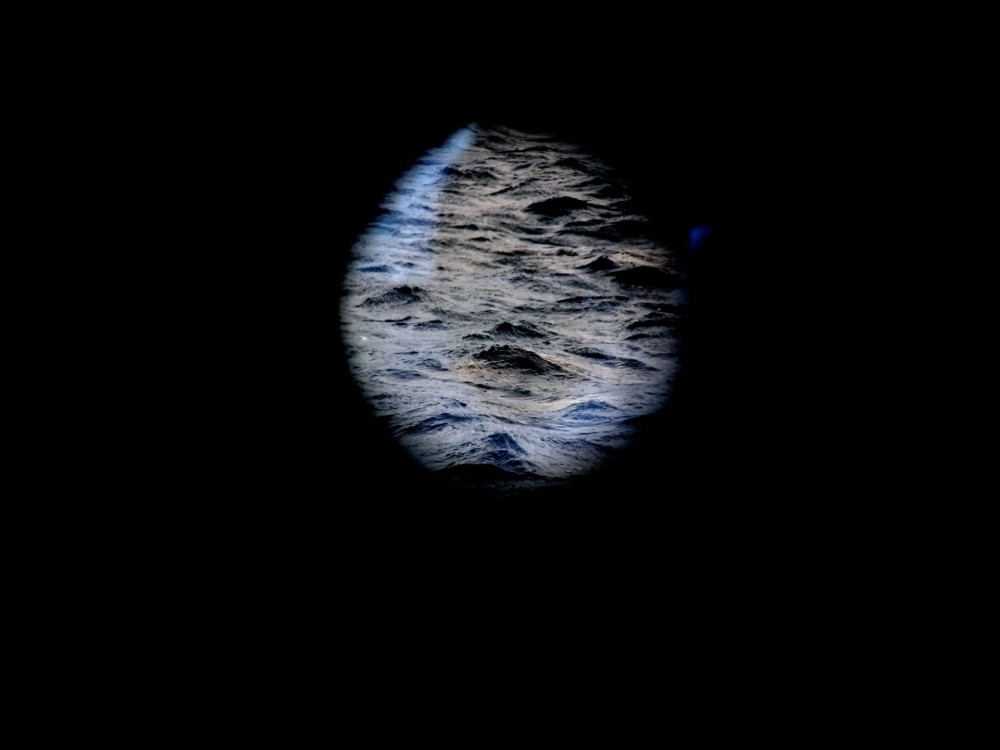

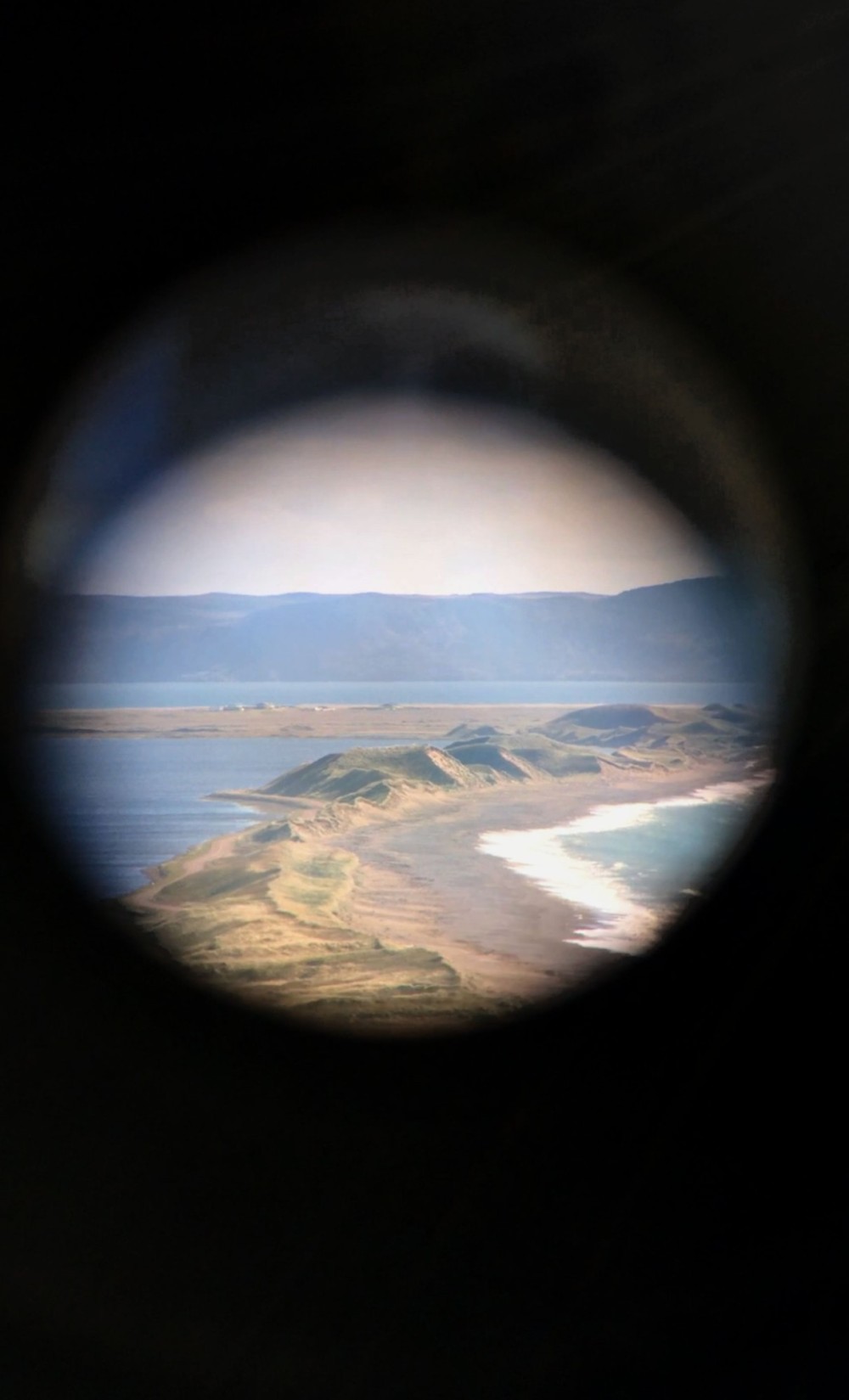
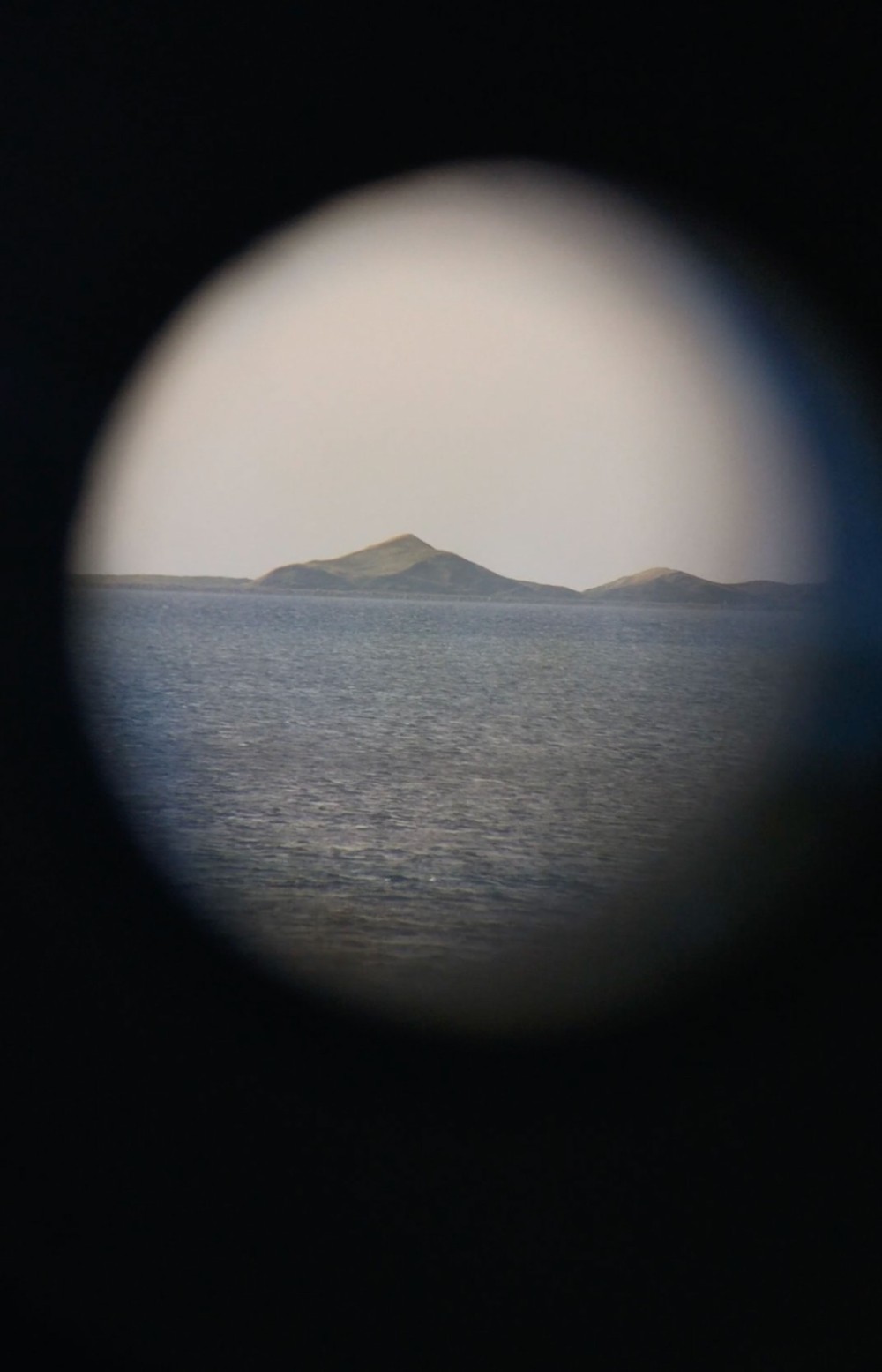
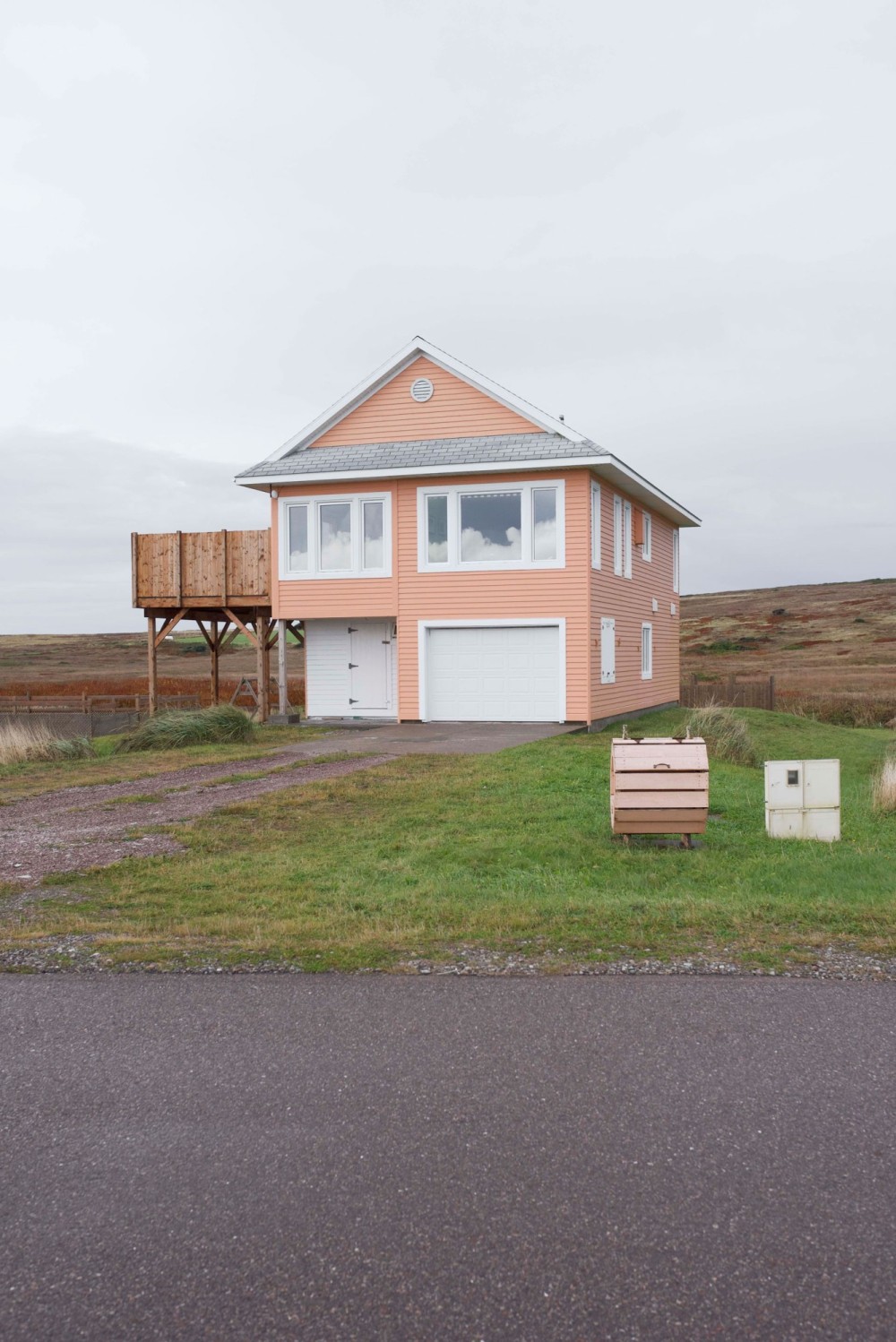
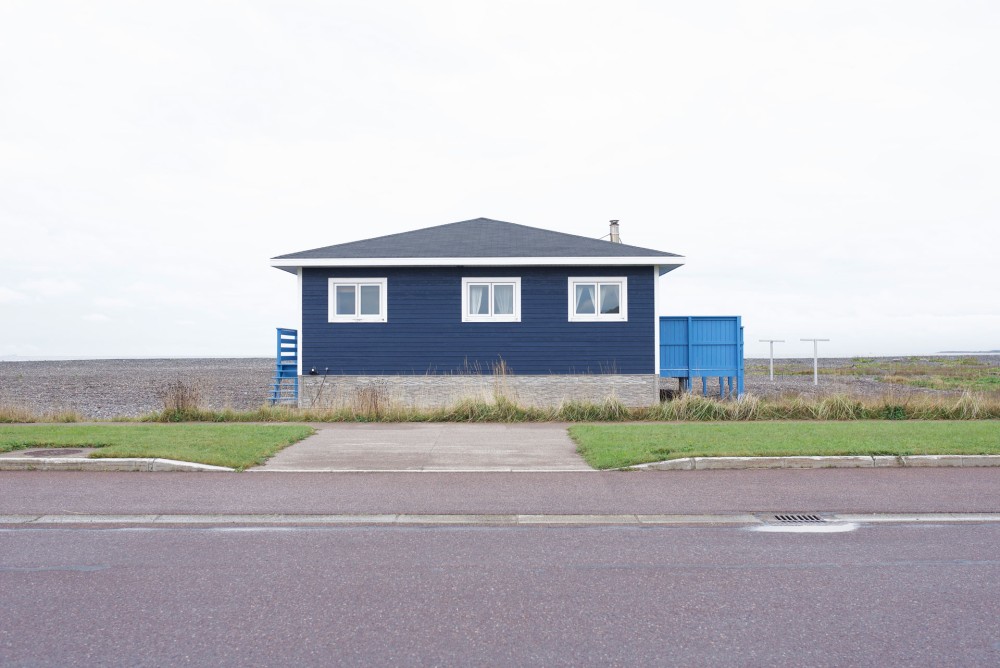
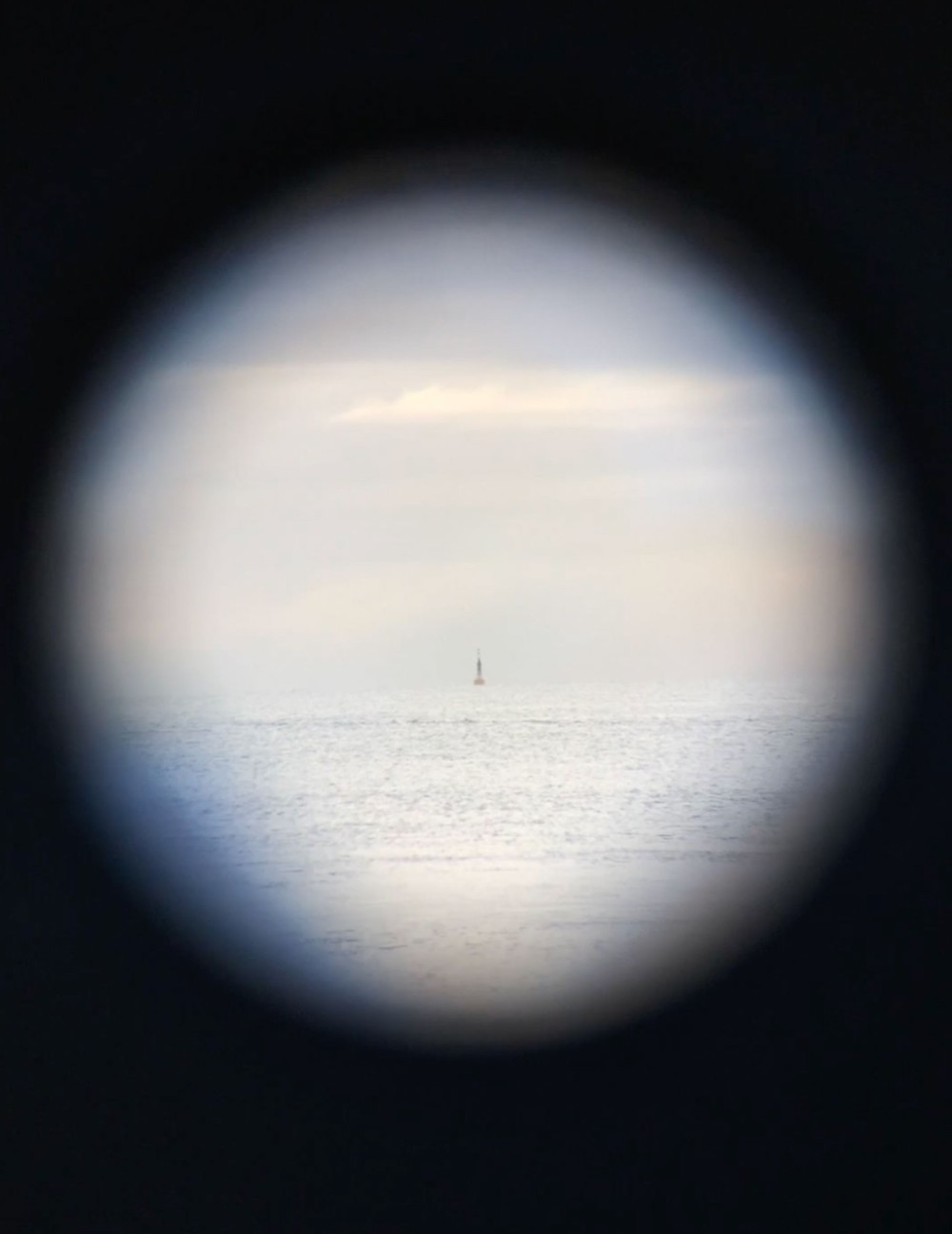
Résidence St Pierre et Miquelon
NOVEMBER 2023








(since a interview radio at SPM la première)
“Overflows” is a research and creation project in visual arts that focuses on the rising sea levels in the Saint-Pierre and Miquelon archipelago, specifically on the territory of Miquelon-Langlade. For Overflows, I have explored the commune of Miquelon and the history of the Archipelago’s recent transformations, which are visibly apparent within the span of the residents’ lives.
I navigate through successive temporalities of history and trace the contours of the unstable relationship humans maintain with their environment, particularly in the face of natural and cataclysmic phenomena. This has led to an in-depth investigation into the ambiguity of our relationships with the visible world, its multiple environments, and its shifting temporalities.
From video to installation, photography to drawing and ceramics, I cultivate a formal language that plays on the porosity and fluidity of forms, mediums, and materials. From Tunisia to Italy, France to Greece, from the southernmost lands to the Mediterranean shores, I engage with the landscape. This engagement often takes the form of minimal actions—observations, collecting images and forms—that I later bring back to the studio.
There begins another process of work, quieter and perhaps less sensational: cutting, arranging, transcribing, and amplifying the words of those who have shared their stories with me. It also involves transforming the images, pairing them with narratives, until the creation of one or more works comes to fruition.
In my practice, the question of movement manifests in various ways, such as mobility, intentional displacement, and the desire to traverse certain spaces. However, it also emerges in more constrained forms, due to borders, strained economic situations, shifts in living conditions, or political transformations. During my residency, I had the opportunity to engage with residents about the history of the Acadians and the repeated displacements of French populations driven from southern lands (the Great Upheaval). Today, threatened by rising sea levels, the village of Miquelon faces the challenge of reinvention, and above all, the need to be “relocated.” This pressing issue, central to the lives of the inhabitants, crystallizes both hopes and tensions in the face of the gradual encroachment of the sea and the potential submersion of the village.
During my residency, I also worked on themes of fluidity, adaptability, and the transmission of knowledge and perspectives. Water plays an important role in my work. Sometimes, it serves as a medium for sharing, transmitting memory, or healing; other times, it is intense and overwhelming, carving out spaces and eroding landscapes. I am interested in storms and how they shape not only the lives of men and women but also the landscapes they impact. What traces do they leave, whether indelible or fleeting? And ultimately, what makes a certain form of resilience possible? It is within this ambivalent relationship with water—both life-giving and destructive—that Overflows takes shape.
Since my arrival, I’ve spent a lot of time exploring or going on Dévérinettes—a local term I’ve come to love and that was shared with me—wandering from the Cape to Langlade, through Mirande Lake and the Grand Barachois. I’ve only been in Miquelon for a few days, but I’ve already had the chance to appreciate the great diversity of its landscapes: the boreal forests, rocky cliffs, and human structures that blend with the sea during storms.
Of course, I’m particularly drawn to the isthmus of Miquelon-Langlade, not only for the beauty of its landscape but also for its plastic qualities, shaped by the sea, wind, salt, and the human efforts to slow its erosion. This is evident in the sandbags, marram grass, rockwork, gabions, and fences that have been installed. I’m interested in documenting these efforts—capturing them in some way. The isthmus also intrigues me for what this “tongue” of land represents symbolically and metaphorically. It is both a passageway and a means of communication; isthmuses inherently call for movement, connection, and the linking of two distinct spaces, evoking the idea of otherness.
What happens when communication is cut off or threatened? What future can be envisioned on either side of the divide when the very connection enabling movement is overwhelmed by the sea? What possibilities for connection remain when we are separated from one another? Finally, how do we preserve and care for this fragile land bridge, and what attachments do we form to this strip of land that links two parts of the archipelago?